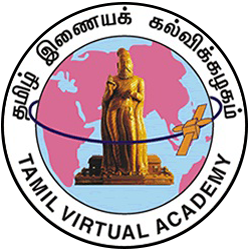Primary tabs
Lesson 1
P20121 : Effective Translation
This lesson discusses the salient features of an effective translation. It defines Source language (Tharumozhi), Target language (Perumozhi) and By-language or Second language (Vazhi mozhi).
The lesson then talks about Literal translation and Adaptation. Literal translation, which is word for word translation, is largely used in the translation of scientific texts. In Adaptation, the translator takes the content of the original and changes it to suit the socio- cultural milieu of the target language.
The lesson offers a definition of transcreation and briefly touches on the areas where transcreation is preferable to translation. It then analyses in detail the aspects that must be remembered for scientific and literary translation. Literal translation is effective in the case of scientific texts. While translating scientific texts, accuracy and clarity are of utmost importance. Scientific terms and jargons can be transliterated and then explained through footnotes. Symbols must be retained as they are. A translator who deals with scientific texts, must also be adept at coining new terms for ideas or concepts that may be new in the target language. This process is called “Kalaicholaakkam”.
The lesson also offers an insight into the key points that must be remembered while translating literary texts, especially poetry. It discusses the difficulties in translating novels or short stories that use dialects and the best way to handle such texts.
The lesson stresses the idea that an effective translation is one that fulfils 3 functions: viz. the informative function, the expressive function and the imperative function. Finally, the lesson briefly touches on certain common errors that translators must be wary of.

